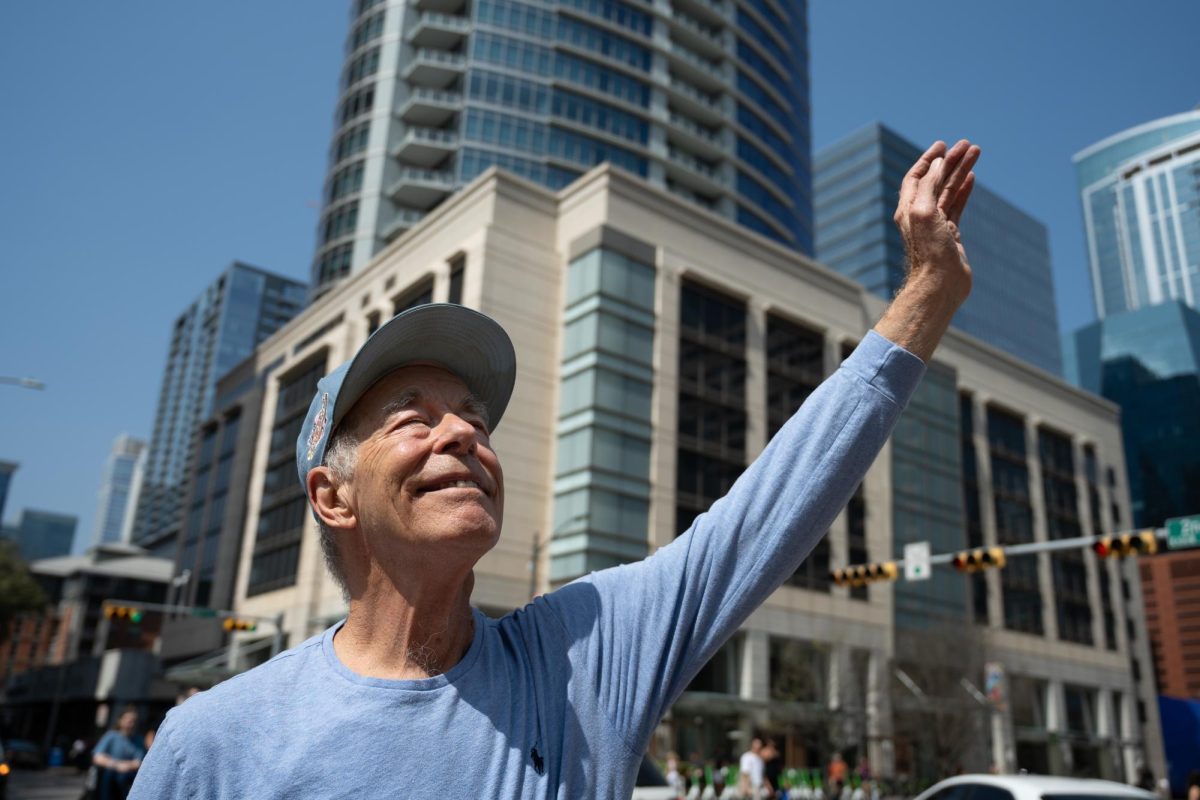Stacy Head is a white woman in a majority black New Orleans City Council district, which makes her a bit of a rarity in New Orleans politics. In a city still trying to rebuild after the devastation of Hurricane Katrina, race has moved to the forefront of New Orleans’ struggles to return to normal, or rather abnormal.
Attempting to capture the vibrant and often volatile nature of the city, filmmakers Louis Alvarez, Andrew Kolker, Paul Stekler and Peter Odabashian created “Getting Back to Abnormal.” The film, premiering at South By Southwest on March 11, interweaves the tumultuous battle for public housing with the re-election campaign of the contentious Head and her outspoken black political adviser Barbara Lacen-Keller.
“We wanted to make a film about the real New Orleans, and when you make a documentary you have to have a reason to be there, but you also have to be open to what the best stories are and what the best characters are. And we looked into a bunch of different things, but by far the best characters were Barbara and Stacy,” Stekler said. “They were a fabulously interesting couple. It made sense as time went on that they would be the main characters and also the idea of ‘Will New Orleans change? Will it become less dysfunctional after Katrina?’”
Alvarez, Kolker, Stekler and Odabashian wanted to create a film that accurately portrayed life in New Orleans post-Katrina.
“It’s an amazing, crazy place, but it’s also frustrating, corrupt and ignorant. It has horrible poverty, but there’s this joy in the streets,” Stekler said. “So many people made films after Katrina that I think at a certain point we just thought since every other documentary filmmaker in America seems to have made a film about New Orleans, isn’t it about time for filmmakers who have actually lived there and know something about the city?”
The city is struggling to redevelop both physical structures and ingrained societal norms because of the complex and often contradictory nature of New Orleans. This battle centers on the Columbia Parc inner-city housing development. After tearing down existing public housing, the new developments were built in an attempt to spread out the concentrated urban poor. Residents like Stephanie Mingo took charge against restrictions enacted on residents.
“The bottom line for all this is race. And New Orleans has always been a complex place racially. As Henry Irving said in the beginning of the film, ‘New Orleans has some of the blackest white people and whitest black people,’” Stekler said.
Race has factored into New Orleans politics for decades, but Head’s no-nonsense and often abrasive attitude toward council members has caused backlash within her own voter base. In the film, members of District B who accuse Head of prejudice rally behind Corey Watson, a local black minister.
The film attempts to capture the evolving nature of New Orleans culture.
“The totality of the work makes you feel like you’re in New Orleans. It makes you feel, in that magic way that film does, that you’re in a different world. So it’s not just a film about an election,” Stekler said. “It’s a film about a place, a place that’s gone through this major disaster that it’s now past. It’s not past for the people who don’t live there, but it’s past for the people that do live there.”
Joking that this was in fact their attempt at a funny film about race in America, Stekler explained that the film attempted to do more than depict an unraveling council race and a dispute over public housing. The issues New Orleans faces in rebuilding now will forever alter the population dynamic.
“If we were to tie it up into a nice package, there would be some problems, then a crisis, then it would be resolved. But that’s not the way it is. We knew this was a complicated situation, and we wanted to make a movie that strayed from that principal way of making a story,” Alvarez said. “We had strong stories and had strong characters. We are touching on a lot of things, but not necessarily resolving things. But we didn’t really want to because that’s not the way life is. It’s an evolving story, and this is our contribution.”




















